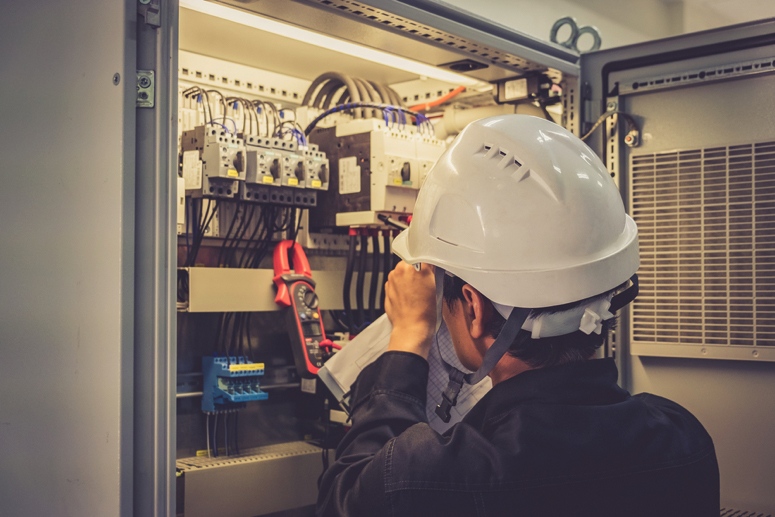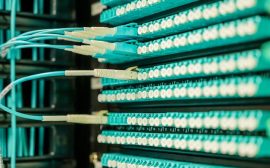In the digital age, our homes are becoming smarter, more connected, and efficient. Behind these innovations lies a complex network of electrical installations that power our lives. Domestic electrical installations are the backbone of modern living, ensuring we have access to power for lighting, appliances, entertainment, and security. In this comprehensive guide, we will delve into the world of domestic electrical installations, exploring the basics, safety measures, and emerging trends.
Understanding Domestic Electrical Installations
Domestic electrical installations encompass a wide range of systems and components. From wiring and outlets to circuit breakers and grounding, understanding these elements is crucial for homeowners and professionals alike. Here’s a breakdown of the key components:
- Wiring: The nervous system of your home’s electrical setup. Properly insulated and well-maintained wiring ensures a safe flow of electricity throughout the house.
- Outlets and Switches: These are the access points for electrical appliances and lighting. Proper placement and appropriate types are essential for convenience and safety.
- Circuit Breakers: These act as the guardians of your electrical system, cutting off power in case of overloads, short circuits, or other faults, preventing electrical fires.
- Grounding: Grounding protects you from electric shock by providing a safe path for electricity to travel to the earth in case of a fault.
Safety First: Tips for Domestic Electrical Installations
- Leave it to the Professionals: While changing a light bulb might be a DIY task, complex installations should always be handled by licensed electricians. They have the expertise and knowledge to ensure safety and compliance with regulations.
- Regular Inspections: Periodic checks of your electrical system can identify potential issues before they become hazardous. Signs such as flickering lights, tripping breakers, or burnt smells should never be ignored.
- Use the Right Equipment: When choosing appliances and devices, make sure they are compatible with your home’s electrical system. Overloading circuits with high-power devices can lead to problems.
- Childproof Outlets: If you have children, invest in childproof outlets to prevent accidents. These outlets have built-in safety mechanisms that block foreign objects from being inserted.
Emerging Trends in Domestic Electrical Installations
- Smart Home Integration: The rise of smart home technology allows homeowners to control lighting, HVAC systems, security, and appliances remotely. Integrating these systems requires a robust electrical setup.
- Energy Efficiency: With a growing focus on sustainable living, energy-efficient electrical installations, including LED lighting and smart thermostats, are becoming standard features in homes.
- Solar Power: Domestic solar power installations are on the rise, providing homeowners with an eco-friendly and cost-effective alternative energy source. Proper integration with existing electrical systems is key to maximizing the benefits.
- Home Battery Storage: With advancements in battery technology, storing excess energy generated from solar panels for later use is becoming increasingly popular. Proper installation and integration are essential for safety and efficiency.



